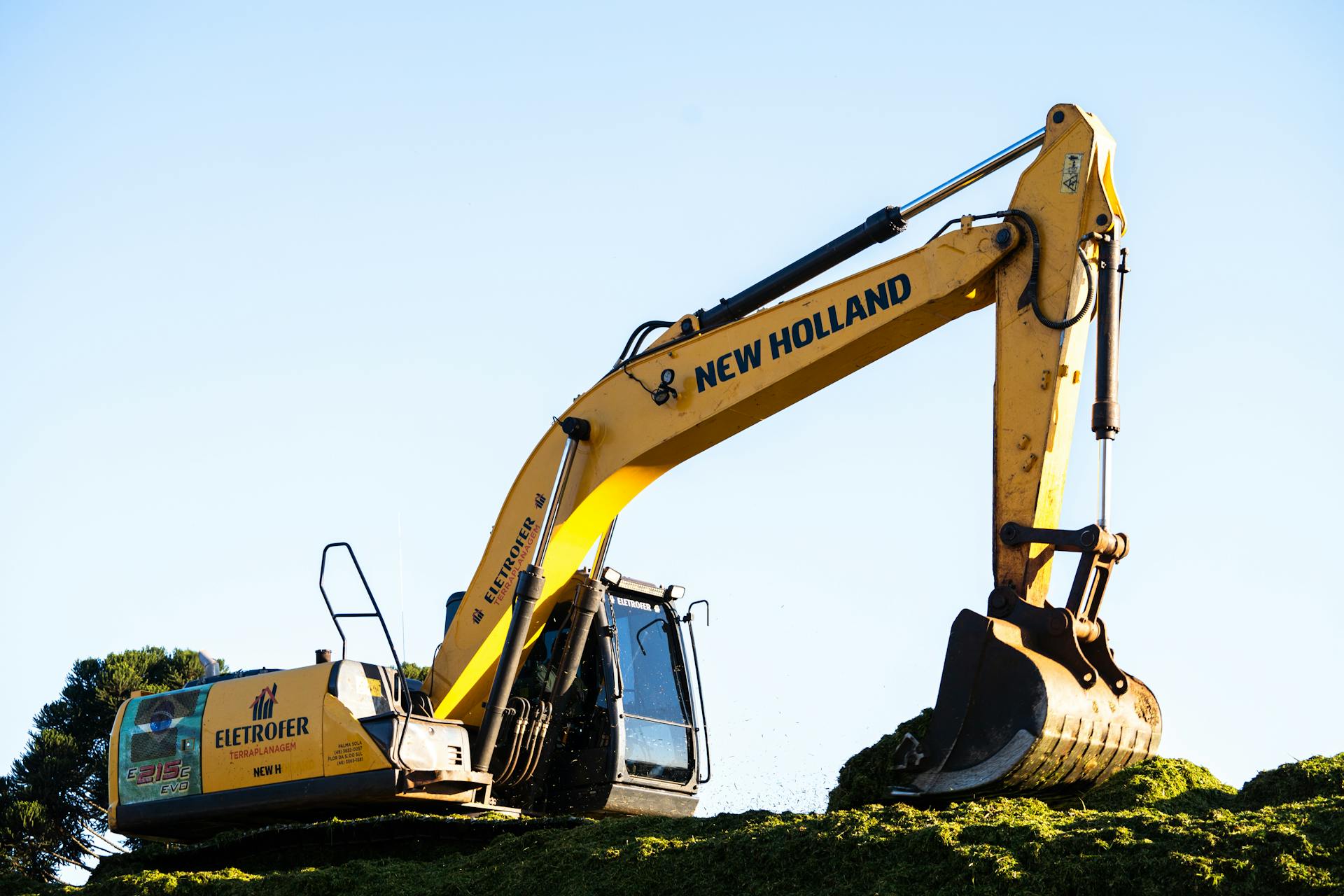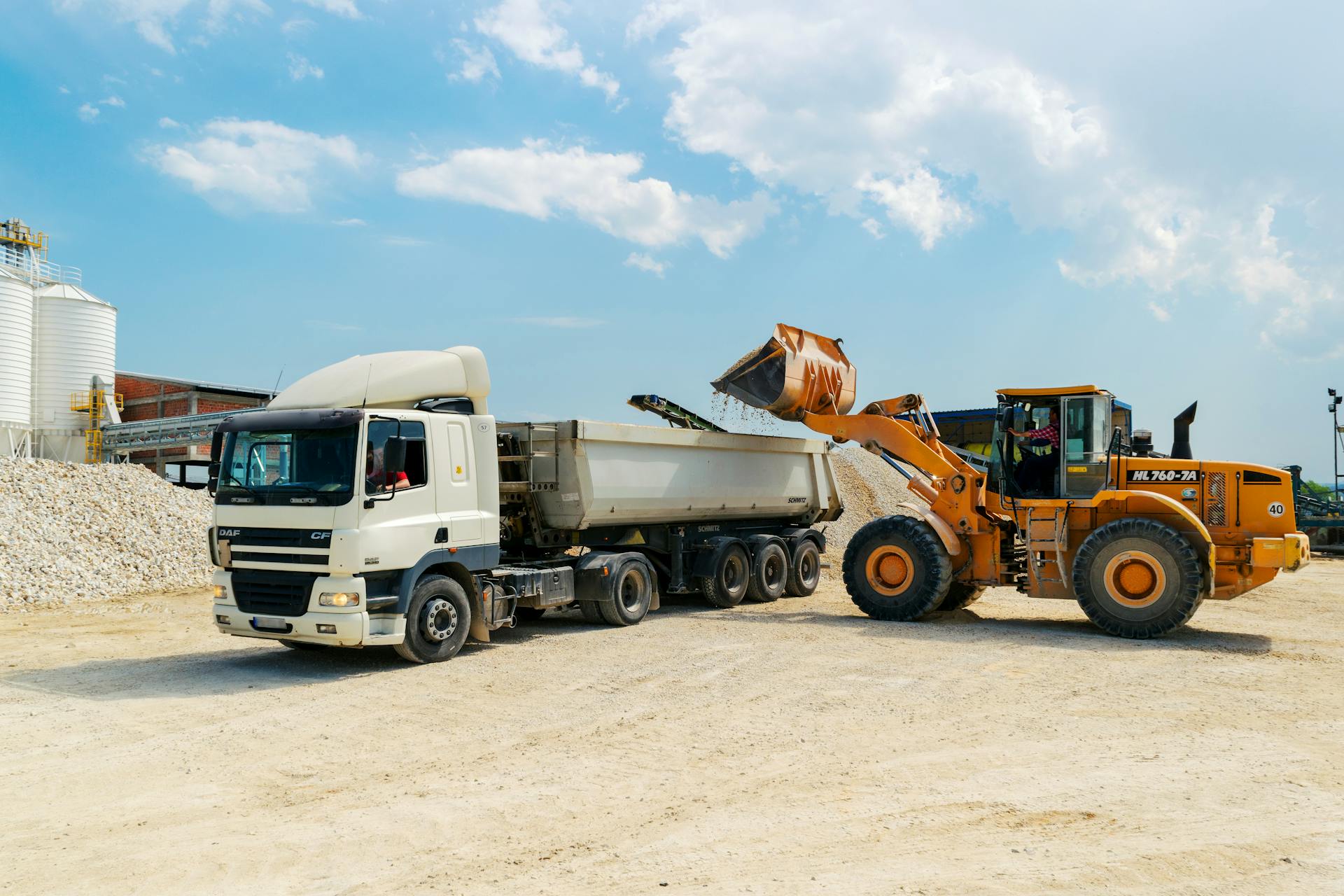Excavator trenching is a critical operation in many construction and landscaping projects. Despite its importance, numerous mistakes can lead to safety hazards, project delays, and increased costs. Recognizing these pitfalls is essential for anyone involved in excavator operations, whether they are seasoned professionals or newcomers. This article outlines common mistakes encountered during excavator trenching and offers practical solutions for avoiding them.

Inadequate Site Preparation
Proper site preparation is the foundation of successful trenching. Many operators overlook the necessity of clearing the site of underground utilities, debris, and other potential hazards. Ensuring that the area is adequately surveyed can prevent costly mishaps that could delay the project or, worse, put lives at risk. A clear plan must be established, identifying the scope of work and any potential issues that might arise during excavation. It’s equally important to assess soil conditions before beginning any digging.
Soft or unstable soil can lead to cave-ins, impacting safety during trenching. Consulting soil engineers can provide insights into stability issues that need to be addressed. Excavation depth should be evaluated, as deeper cuts may require shoring or support. Maintaining clear communication among team members about the excavation plan fosters a safer work environment. Briefings and regular updates can keep everyone on the same page regarding the tasks at hand.
Ignoring Safety Protocols
Safety should always be a top priority during excavator trenching. Operators frequently neglect to follow safety protocols, leading to injuries and accidents. A significant step in ensuring safety is providing extensive training for all personnel involved with excavator operations. Workers must understand how to use equipment safely and recognize the inherent risks associated with trenching work.
Proper personal protective equipment (PPE) must be a standard requirement. Hard hats, safety goggles, gloves, and steel-toed boots help reduce injury risks. Regular safety audits can help identify potential hazards that may have been overlooked. Falling hazards, such as loose materials or equipment, should never be underestimated. Trench walls may cave in as the excavation progresses, further emphasizing the importance of maintaining a secure work area.
Neglecting Proper Equipment Usage
Using the right equipment is important for successful trenching operations. Operators may mistakenly use equipment that is either too small or not designed for the specific task, resulting in suboptimal outcomes. Familiarity with different excavators and their specific attachments is essential for efficient job performance. Maintenance of the equipment plays a crucial role in its effectiveness.
Regular checks for wear and tear, such as hydraulic leaks or blade dullness, can prevent malfunctions during excavation. Utilizing resources and specifications, like the ones found on this site, can help operators understand the best practices for operating their excavators. Understanding the capabilities and limitations of the machinery is equally essential. Knowing how to reposition and maneuver these machines can prevent unnecessary damage to the trench or surrounding areas.
Improper Digging Techniques
Digging techniques can significantly affect the success of excavator trenching. Operators often face challenges associated with depth control and alignment. Setting clear benchmarks and using lasers or string lines can help maintain accuracy throughout the trenching process. The angle of the trench walls is equally important. Steeply sloped walls can lead to collapses, while shallow slopes may not provide enough space for the intended installation.
Considering the purpose of the trench, like installing pipes or cables, allows for better decision-making regarding angles and depths. Operators must understand the importance of even weight distribution within the trench. Uneven loading can compromise stability, resulting in hazardous conditions. Proper techniques involve employing gradual backfilling methods to reduce excess weight on the walls post-digging.
Failure to Communicate Effectively
Communication breakdown can lead to errors in trenching operations. Effective dialogue amongst team members is paramount for coordinating movements and ensuring everyone’s safety. Utilizing communication devices, such as two-way radios, can make a significant difference in teamwork. Implementing a clear chain of command can help streamline decision-making processes.
Assignment of roles ensures that each team member knows their responsibilities and expectations during the excavation. Conducting regular check-ins can further enhance clarity, reducing confusion about the task at hand. Building a culture of openness and feedback encourages workers to voice concerns and suggest improvements. This proactive approach addresses the possibility of mistakes before they happen and strengthens teamwork.
Overlooking Environmental Regulations
Ignoring environmental laws and regulations can result in penalties or project delays. Construction sites must adhere to local guidelines regarding disturbed land and water quality. Conducting environmental assessments before commencing work ensures awareness of any potential legal restrictions or required permits. Respecting wildlife habitats and minimizing disturbances plays a significant role in environmental impact.
Disturbance to natural areas may necessitate mitigation strategies that can delay the project timeline if not considered from the outset. Transparency with regulatory agencies helps foster trust and compliance in excavator operations. Offering training on environmental stewardship for all personnel involved reinforces the importance of respecting guidelines. By making this a part of standard operating procedures, teams contribute to a safer and sustainable work environment.

Summarizing the main points addressed in this article identifies the core issues and solutions regarding common mistakes made during excavator trenching. Through understanding the significance of site preparation, safety protocols, equipment usage, effective communication, and time management, teams can ensure successful outcomes, thereby creating safer work environments.









